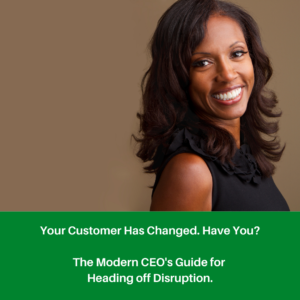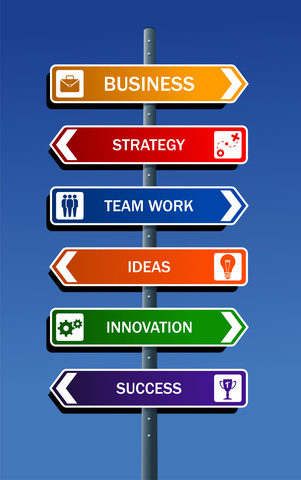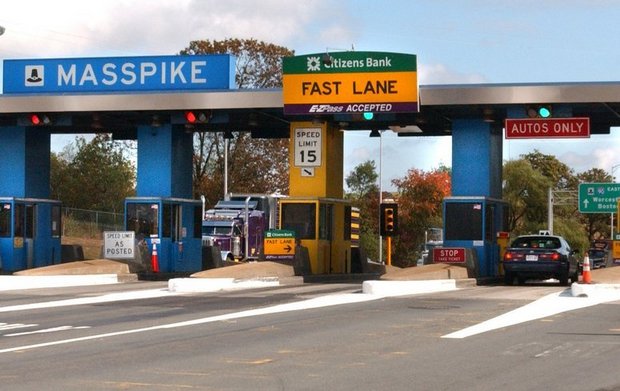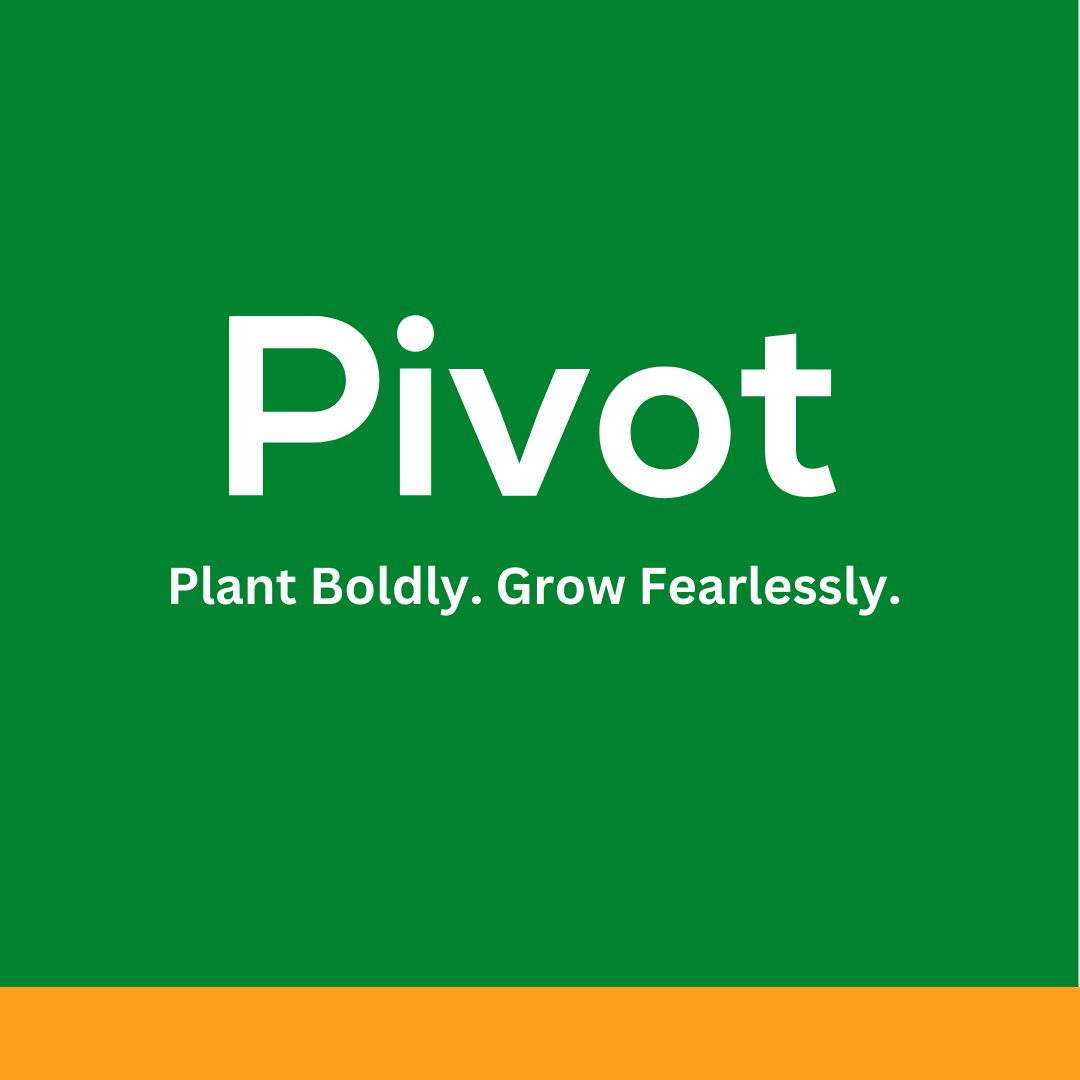“I learned more in my last 12 months running Prelude Solutions than I have in the 15 years of being a business owner,” said, Cate Heaman, CEO of Prelude Solutions, a firm focused on optimizing a company’s entire communications system, from voice and data to data analytics.
As companies exit the pandemic, some are stronger today than they were before. Three leadership skills CEOs and executive leadership teams are finding they must integrate into their organization are: speed, strategic flexibility, and proactive accountability. Let’s find out why.
The Need for Speed
Speed in decision-making has always been a hallmark of a high-performance CEO’s role. However, COVID-19 elevated the need for speed because of the impact it had on everyone globally. The swiftness of moving everyone from the office to home created fear that leaders had to address to stabilize companies, salaries, and health insurance.

Cate Heaman, CEO of Prelude Solutions. Photo Credit: Cate Heaman.
“I could hear the panic in their voices as COVID hit,” she said. “I learned that every hour of every minute of every second counted and that every team member was my responsibility from a financial PPP perspective and EID loan.”
COIVD also sped up the way companies do business. Heaman saw the company’s sales cycle decrease by 65% because of the ability to improve response times by leveraging Zoom and her sales team working from home. “Today, I was on a call with somebody from Italy, India, and Florida, and then on a call with our team just an hour ago. Wow, and that was so amazing,” said Heaman. All from the comfort of her own home.
Even for her business development salesperson, Heaman noted that speed is now equated with expansion. Her business development salesperson could now attend two different conferences in two different states on the same day, one in California and another one in the afternoon in Ohio. “Our world of networking has changed, and virtual conferences are wonderful for us,” said Heaman.
Yet, the challenge for companies is how to maintain the benefits of speed as we exit the pandemic. The focus when disruption happens also requires accountability.
Strategic Flexibility
What is it? Strategy is about developing a careful plan for achieving a goal over a long period of time. With Strategic Flexibility, you still have goals you want to achieve. However, the timeframe for achieving them is halted to allow for greater openness for how you make sense of the disruption, experiment, and achieve the goals with multiple impacts. As the solutions begin to address the disruption, organizations can resume the focus on goals, including long-term goals, and accelerate the speed at which the organization moves forward.
For Heaman, strategic flexibility involved investing in her employees to increase their agility. “I think as a leader, we pivoted. We truly went back in and reinvested. We took the time; we paused. We brought in a CRM package; we brought in a cultural specialist to help us bring our group together, remotely,” she said.
“We committed to benchmarking and a sales program, where we were engaged in sales training every single week with ongoing training. We’re still in it, and I’m really excited about the momentum,” said Heaman.
The intentionality of that temporary halt is so important because it gives you the space to assess the disruption and put more ideas and options on the table. Second, depending on the degree of disruption, existing goals may no longer make sense as you evaluate the impact of the disruption. If the change is a slight pivot, the existing goals you have may make sense with some tweaks. If the change is dramatic, a whole new business model with new goals may be required.

Work from Home. Photo Credit: Canva.
Another outcome of practicing strategic flexibility is it gives you a fresh set of eyes to rethink significant aspects of your business. For Heaman, it’s embracing the hybrid work model. “I do believe that we do need to sustain a hybrid model. I don’t think it would be good for our organization to go back to business before. In the remote environment, we’re always on. We’re communicating and we’re doing a phenomenal job. We’re not driving to the office. We’re not driving here; we’re not driving there,” she said.
“So, I decided that we’re going to be 100% remote. How was it received? Everyone was happy about it. Some people still want to have those in-person meetings from time to time. We still maintained our mail service at the former location, we can use conference rooms, and the offices they have; they’re rotating offices. So that’s what we’re doing,” said Heaman.
Even though her team is remote, anticipating the successive disruption remains the priority.
In the next article, we’ll discuss the third skill, which is proactive accountability.
 If you want to discover how to turn disruption to your advantage, download “Your Customer Has Changed. Have You? The Modern CEO’s Guide to Heading off Disruption.”
If you want to discover how to turn disruption to your advantage, download “Your Customer Has Changed. Have You? The Modern CEO’s Guide to Heading off Disruption.”
Download Now
Photo Credits: Canva and Cate Heaman.






You must be logged in to post a comment.